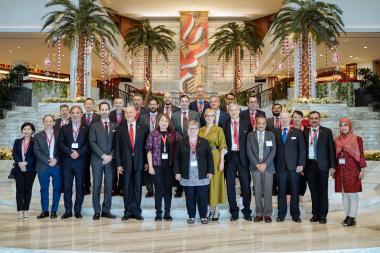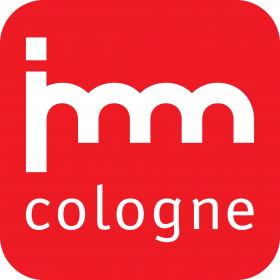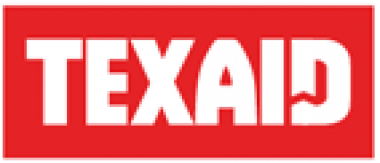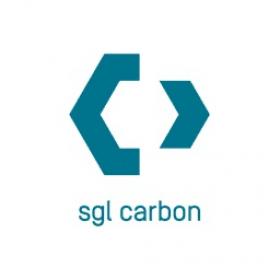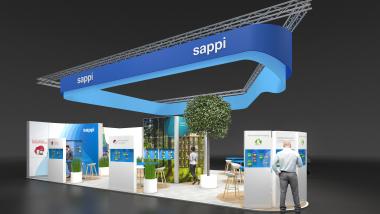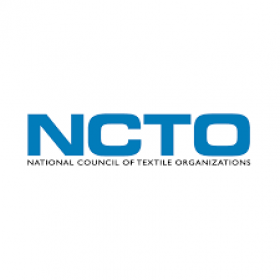Freudenberg establishes Apparel Technical Solution Center in Asia
Freudenberg Performance Materials Apparel (Freudenberg) is pleased to announce the establishment of the Apparel Technical Solution Center – Asia at its Nantong factory in China to expand the company’s innovation capabilities. With floor space of 900 m2, the new center offers technical expertise and innovations to apparel customers from nearly all apparel segments in Asia and around the world.
New capabilities with the Apparel Technical Solution Center – Asia
Committed to bringing enhanced technical support and services tailored to customers’ needs, the dedicated Apparel Technical Solution Center – Asia (ATSC) is equipped with cutting-edge technology. This includes a wide variety of fusing and bonding machines, laser and ultrasonic cutters, specialized sewing machines for sportswear applications, fiber filling machines for insulation applications, and washing and dry-cleaning machines that meet GB and AATCC standards.
The ATSC offers technical know-how to help customers design complex apparel solutions. In particular, it furthers Freudenberg’s dedication to joint innovations with sportswear customers and to finding technical solutions for performance applications.
Further innovation at the Nantong factory
The factory was moved to the Nantong Economic and Technological Development Area to meet increased production demand with state-of-the-art technological capabilities. Covering an area of nearly 50,000 m2 with cotton interlining, bi-elastic fusible interlining, and preformed materials production lines, the new site went into operation in 2021.
Dedicated to continuously improving production quality, the new factory also includes an innovative online defect detection system. This system enables defect information to be captured in real time and sent to operators for immediate adjustments, increasing the rate of bi-elastic interlinings and shirt interlinings. Furthermore, the online weft density automatic adjustment system helps improve the stability of the drying process and the quality of semi-finished products.
Freudenberg Performance Materials Holding SE & Co. KG






